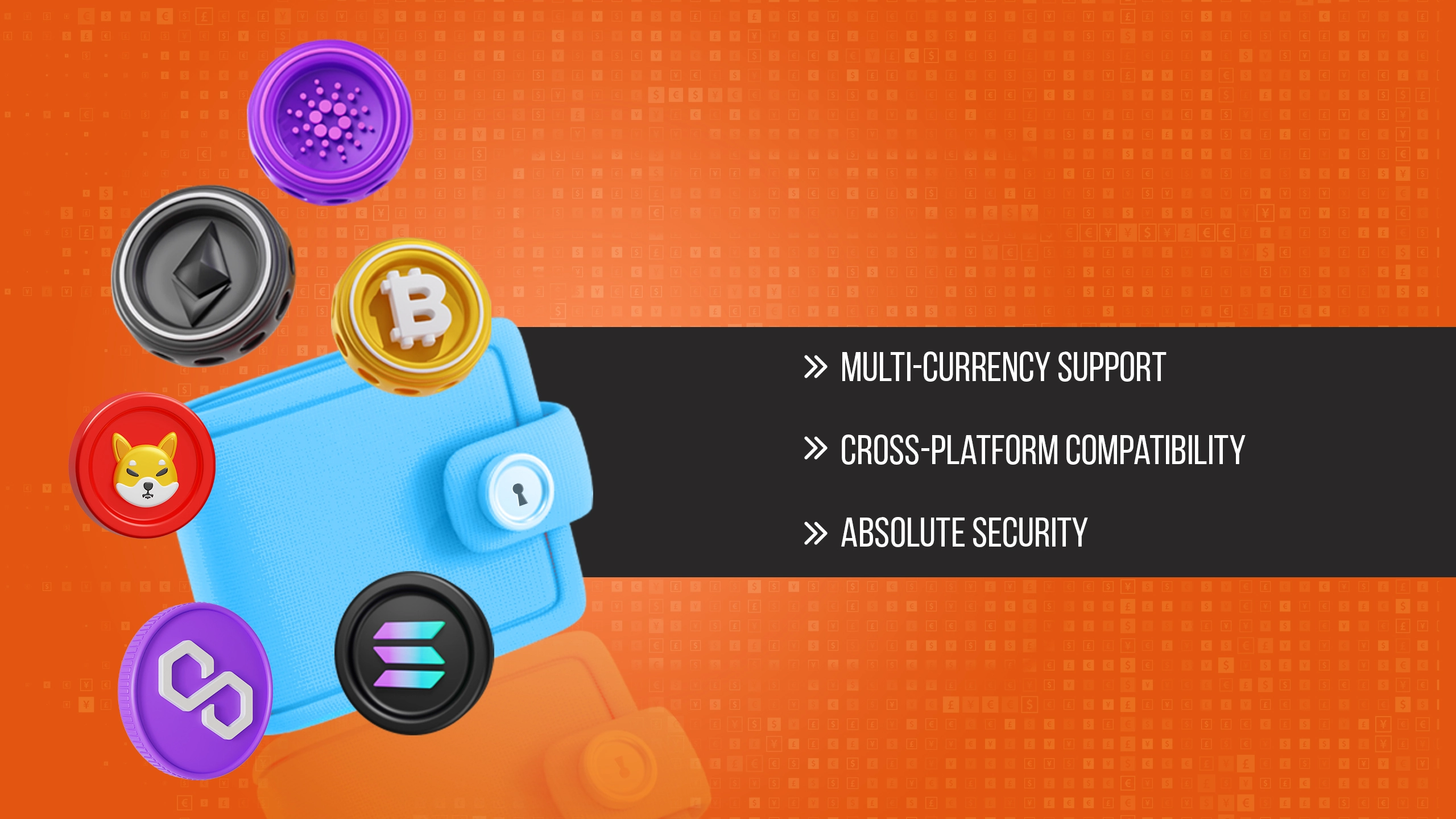In recent years, cryptocurrencies have gained significant popularity and have become an integral part of the financial landscape. As more individuals and businesses embrace digital currencies, the need for secure and user-friendly crypto wallets has increased. Crypto wallets play a vital role in storing, managing, and facilitating transactions with cryptocurrencies. In this blog, we will delve into the world of crypto wallet development, exploring the key aspects and considerations involved in creating a robust and reliable wallet solution.
1. Understanding Crypto Wallets:
Crypto wallets are software applications that enable users to securely store, send, and receive cryptocurrencies. These wallets leverage cryptographic techniques to secure private keys, which are essential for accessing and managing digital assets. There are various types of crypto wallets, including hardware wallets, software wallets, web wallets, and mobile wallets. Each type has its own advantages and considerations, depending on factors such as security, convenience, and accessibility.
2. Key Features of Crypto Wallets:
When developing a crypto wallet, several crucial features need to be considered:
A) Security:
Security is of paramount importance in the world of cryptocurrencies. Strong encryption techniques, two-factor authentication (2FA), biometric authentication, and secure key management systems are crucial to protect users’ private keys and prevent unauthorized access.
B) Multi-Currency Support:
To cater to a broader user base, supporting multiple cryptocurrencies within the wallet is essential. Wallets should be able to handle different blockchain networks and ensure compatibility with various tokens and digital assets.
C) Intuitive User Interface (UI):
Creating a user-friendly and intuitive UI is vital to ensure a seamless user experience. From registration and backup procedures to transaction execution, the UI should be designed with simplicity and clarity in mind, even for users new to cryptocurrencies.
D) Transaction Features:
Wallets should provide users with the ability to send and receive cryptocurrencies, view transaction history, and manage addresses. Advanced features like transaction scheduling, fee customization, and address book management can enhance the overall user experience.
E) Integration with Blockchain Networks:
Wallets need to integrate with the underlying blockchain networks to synchronize transactions, balances, and interact with smart contracts. Integration with popular blockchain networks like Bitcoin, Ethereum, and others is crucial to provide a comprehensive wallet solution.
3. Development Approaches:
There are multiple approaches to developing crypto wallets:
A) Custodial Wallets:
Custodial wallets are centralized wallets where a third-party service provider holds users’ private keys. While these wallets offer convenience, users must trust the custodian with their funds.
B) Non-Custodial Wallets:
Non-custodial wallets, also known as decentralized wallets, provide users with full control over their private keys. These wallets prioritize security and allow users to maintain ownership of their funds. However, users must ensure the safekeeping of their private keys.
C) Hybrid Wallets:
Hybrid wallets combine the features of custodial and non-custodial wallets, offering convenience alongside user control. They strike a balance between security and usability by storing private keys in an encrypted manner, with the option of user recovery.
4. Technology Stack and Security Considerations:
Developing a secure and reliable crypto wallet requires careful attention to the technology stack and security practices. Some key considerations include:
A) Blockchain Integration:
Utilize APIs or software development kits (SDKs) provided by blockchain networks to interact with the respective protocols.
B) Encryption and Key Management:
Implement strong encryption algorithms to protect private keys. Utilize secure key storage techniques such as Hardware Security Modules (HSMs) or secure enclaves.
C) Penetration Testing and Auditing:
Conduct regular security audits and penetration tests to identify vulnerabilities and ensure robustness against potential attacks.
D) Secure Development Practices:
Follow secure coding practices, including input validation, output encoding, and secure libraries, to mitigate common vulnerabilities like injection attacks and cross-site scripting.
5. Compliance and Regulatory Considerations:
As cryptocurrencies gain mainstream adoption, regulatory compliance becomes increasingly important. Wallet developers need to adhere to relevant legal and financial regulations, including Anti-Money Laundering (AML) and Know Your Customer (KYC) requirements. Implementing necessary compliance measures and identity verification processes ensures a legal and secure ecosystem.
Conclusion:
Crypto wallet development is a complex process that requires a deep understanding of security, user experience, and blockchain integration. By prioritizing security measures, building intuitive interfaces, and adhering to compliance standards, wallet developers can create robust and user-friendly solutions for the growing community of cryptocurrency enthusiasts. With the right approach and attention to detail, crypto wallets can pave the way for a more inclusive and accessible financial future.




